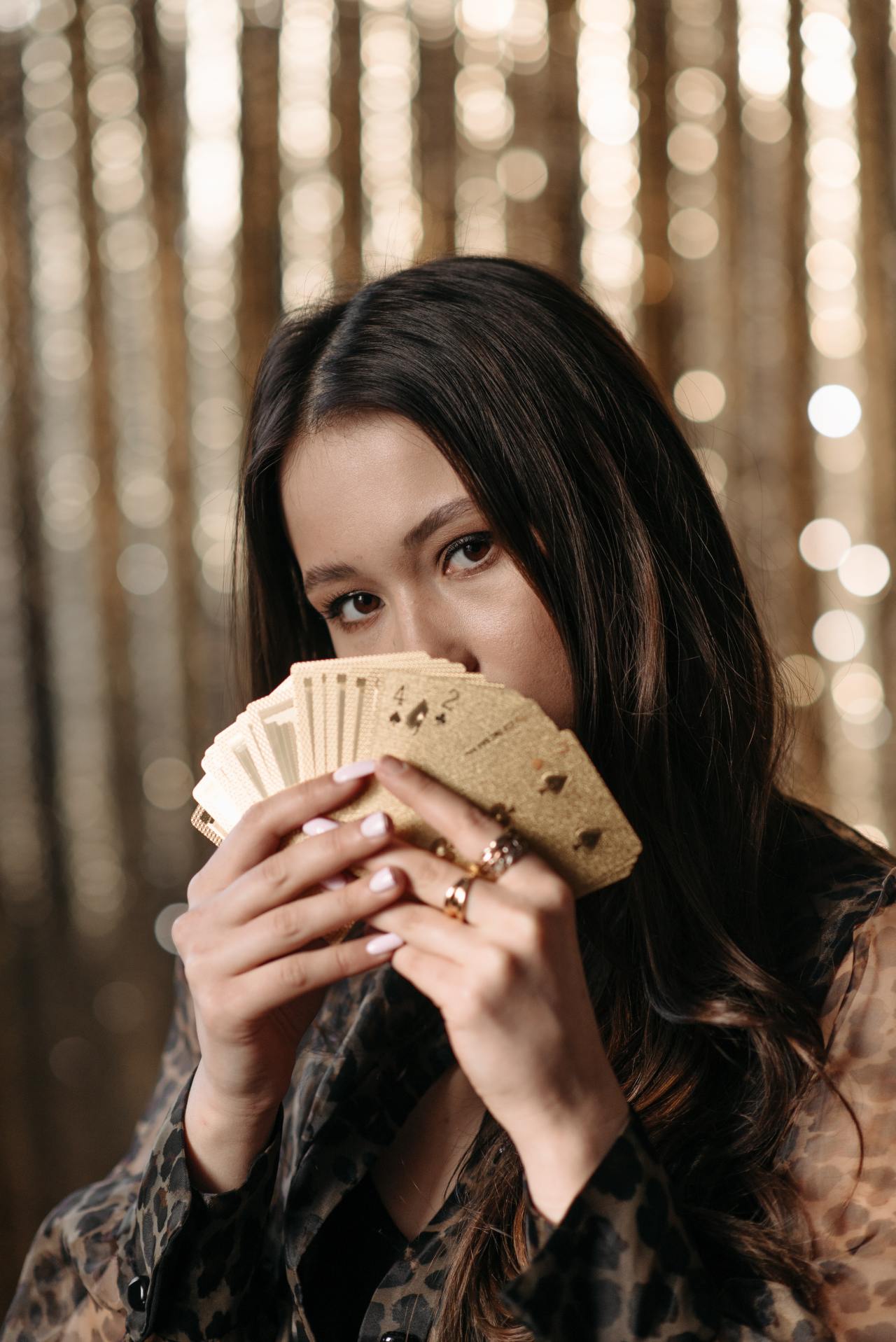
What Archetype Exploration Will Teach (And Heal Within) You
I’m 18 years old, sitting in the middle of the therapy group room as my therapist pulls out a deck of large red cards.
“Pick one,” she instructs, her silver hair sparkling under fluorescent lights that contrast against her wholesome nature.
Queen, it read back to me.
This was my introduction into archetype exploration — the exploration of universally-understood symbols embodying specific character traits found across cultures, time, and space. Archetypes go beyond verbal language, and they overlap within the realms of mythology, religion, and the natural/physical world. For example, the artist, the alchemist, the prostitute, and the adventurer. These roles are understood on the collective and subconscious levels, often coming intuitively and strengthened over time through cultural conditioning.
From an evolutionary standpoint, the ability to pick up on archetypes allows us to make quick judgments regarding someone’s overall behavior and personality. For example, if we observe someone taking something we believe is not rightfully their own, we may be quick to label them as a thief and create inferences regarding their overall character and future decisions. This can serve as a survival mechanism. Through understanding someone’s preconceived role, we have an evolutionary advantage at guessing what their future actions will entail. These conscious and subconscious expectations impact how we treat someone and what space we allow them to take up. Well-intended inferences often create larger social implications that perpetuate prejudice and discriminatory behavior.
Our own judgment limits what role we allow someone to take, as well as the space we give them. We may decide we want this person to be part of our “outgroup” and shut them off from opportunities and relationships that bring them closer to us, our loved ones, and “our” resources. We treat someone who is seen in the role of the beggar much differently than someone we see as taking the role of the mother, for example.
Each archetype contains both shadow and light elements that can be expressed in different forms and to varying degrees. By consciously playing with how shadow qualities manifest, we reveal unseen wounds and traumas that surround the shame of being human. In more fully seeing our light, we see how the shadow aids in the development of our fullest potential. The level of self-awareness we have sets the foundation for holding compassion for other people, as they contain both light and shadow elements in themselves and their characters, as well.
As archetypes are expressions of the collective unconscious, we each have the ability to unlock qualities of every archetype within us. By playing within the realm of universal personalities, we become more confident in expressing our own unique one. We each feel drawn to specific archetypes that are more prevalent in our overall personality and life mission. By gaining clarity as to what these specific figures are, we call on them when we feel stuck, lost, or confused. This process helps with identity differentiation, and it allows us to have a platform for communicating and understanding individual value and meaning.
Opening ourselves up into embodying different archetypes, including the ones we don’t feel personally connected to, helps us develop compassion towards other human beings. We only know what we know, and in intentionally drawing upon figures, we may find and reconnect pieces of ourselves that were previously hidden in our subconscious.
Archetype exploration gives us the ability to break free from the limiting constraints of our psyche. We create expansion within our light and shadow sides. This comes without the need to label ourselves as being “good” or “bad” human beings. This is the yin and the yang of being human. Archetypes we feel drawn to serve as mirrors for accessing more of our individual power and creating a sense of full-blown, soulful self-expression. This individual self-awareness spills into how embodied we feel, what we communicate with others, and in doing so, inviting safety for them to do the same.
